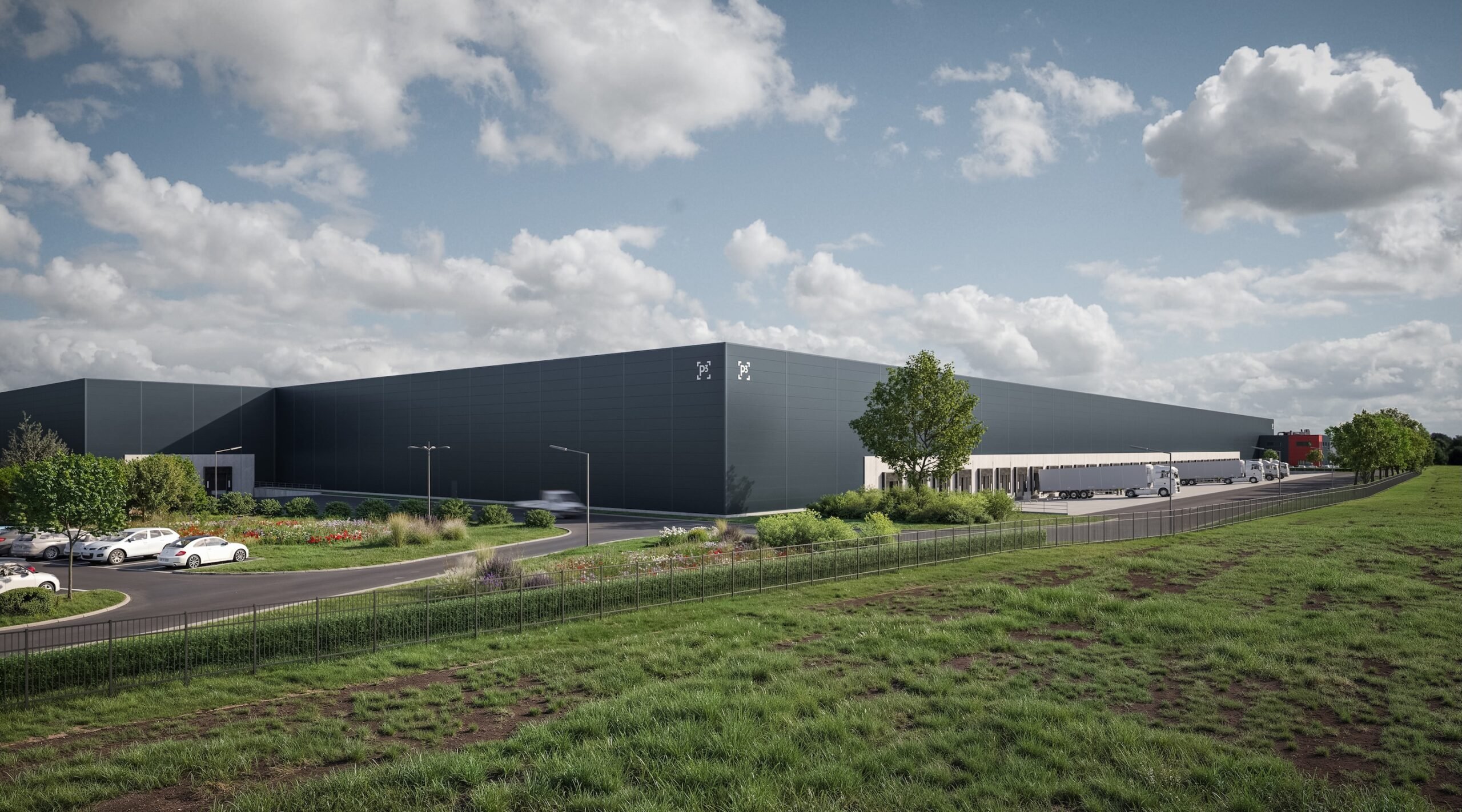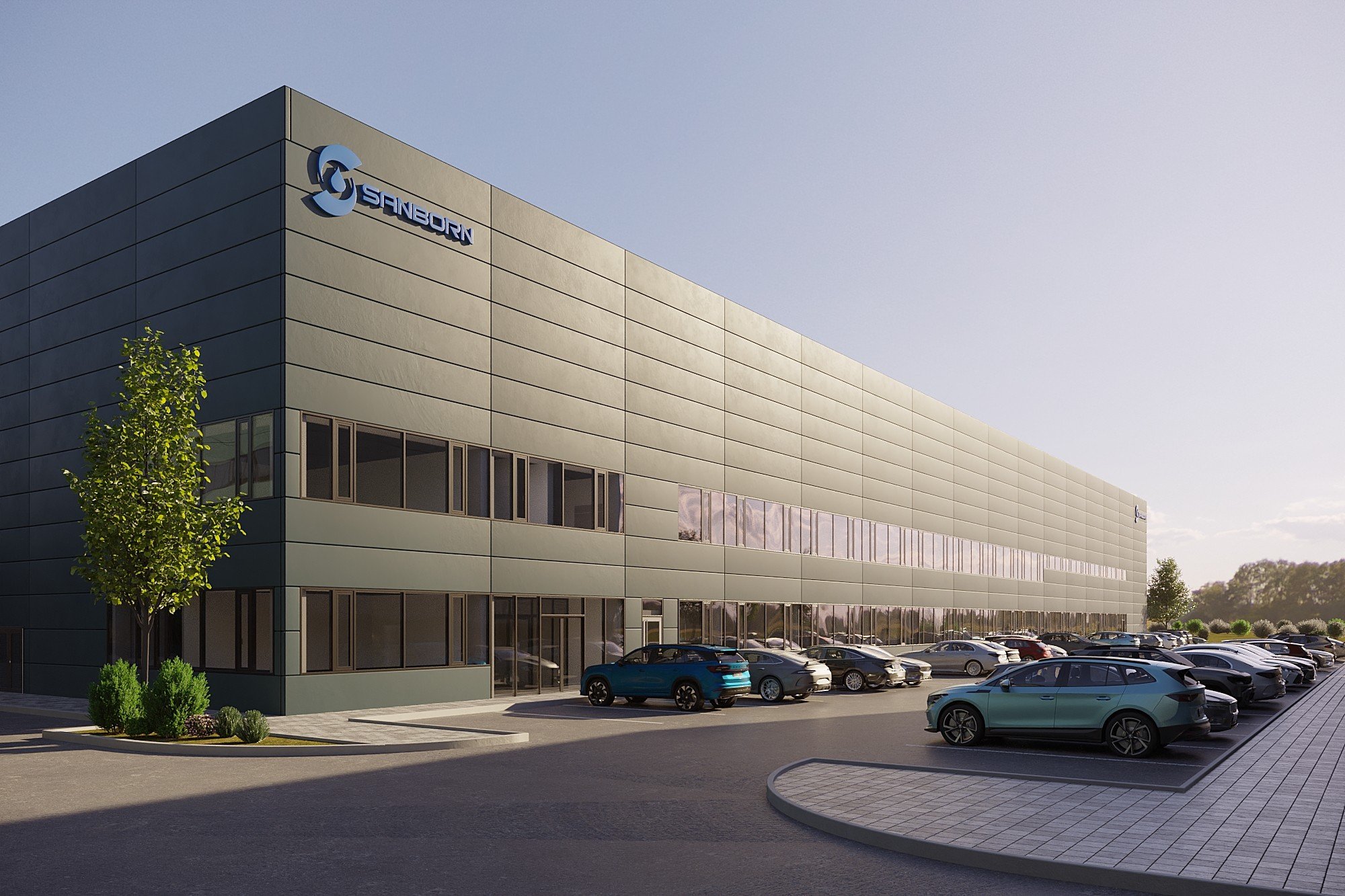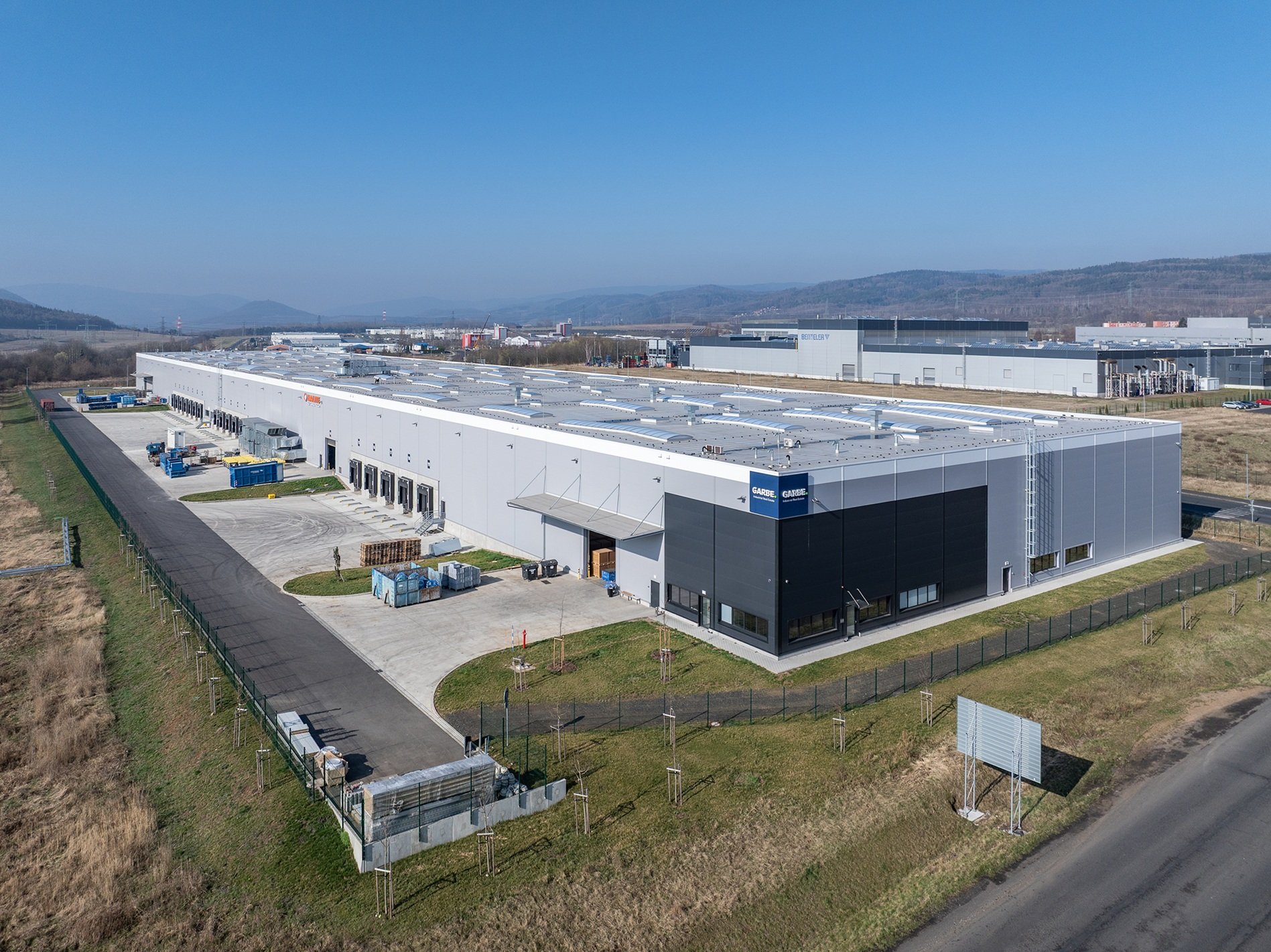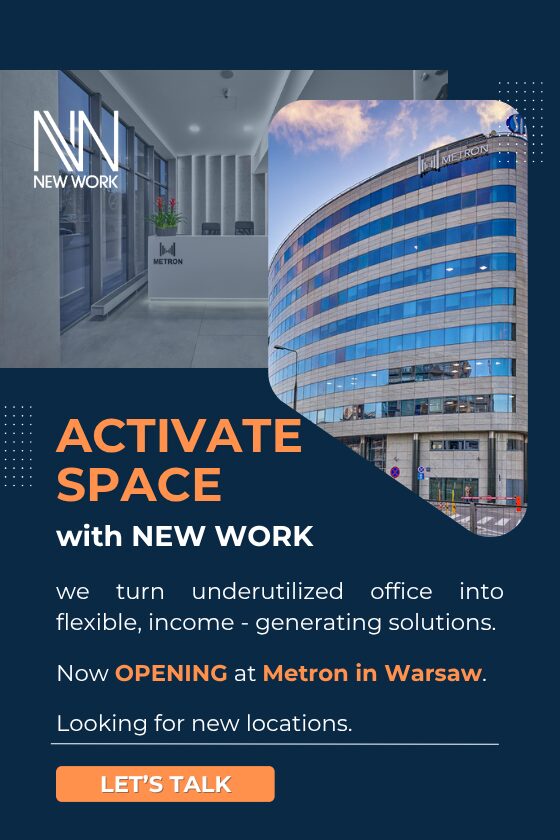The first quarter of 2025 confirmed that Poland’s industrial market remains resilient, even without record-breaking figures. Gross take-up reached 1.1 million sqm, marking a 16 percent year-on-year increase, driven largely by tenants renewing existing leases. At the same time, developers have scaled back speculative construction—delivering 680,000 sqm of new supply, a 20 percent drop year-on-year—as they shift focus toward high-quality, user-specific solutions. After a period of slowdown, investor confidence is gradually returning, with Q1 investment volume in the warehouse and logistics sector reaching €202 million, up 47 percent year-on-year. These insights come from the latest market report by commercial real estate advisory firm AXI IMMO: Polish Industrial and Logistics Market Q1 2025.
Lease renewals drive 56 percent of total take-up
Between January and March 2025, over 1.1 million sq m of logistics and industrial space was leased across Poland. The volume of lease renewals surged by 73 percent YoY – the highest rate in market history – and accounted for 56 percent of all leasing activity. Meanwhile, net take-up (new leases and expansions only) amounted to 485,000 sqm, reflecting a 19 percent decline year-over-year. The Mazowieckie (267,000 sqm), Śląskie (228,000 sqm), and Łódzkie (152,000 sqm) regions saw the highest leasing volumes. Among the largest transactions were a 67,800 sqm lease by a 3PL company at 7R Park Gdańsk III, a 50,300 sqm renewal by a major retailer at P3 Łódź II, and a 38,400 sqm renewal by an e-commerce company at Accolade Funds Park Szczecin I. Asking rents in Q1 2025 ranged from €3.60 to €5.50 per sqm/month for big-box space in non-urban logistics hubs, with effective rates averaging 20–25 percent below headline rents.
Anna Głowacz, Head of Industrial & Logistics, AXI IMMO, explained: “The reversal of the previously dominant trend—where new leases led market activity—clearly illustrates a shift in operational strategy among tenants. Companies are more cautious. They’re not withdrawing from the market but are less inclined to relocate. In today’s environment, where uncertainty around costs, workforce availability, and supply chain efficiency is a factor, extending leases in proven locations has become a pragmatic, risk-averse choice.”
Supply: Developers are more selective
Poland’s total warehouse stock surpassed 35.3 million sqm at the end of Q1 2025 (+8 percent YoY), placing the country among Europe’s top logistics markets. Developers delivered 680,000 sqm of new space during the quarter (–20 percent YoY). The highest new supply was delivered in the Dolnośląskie region (319,000 sqm), followed by Śląskie (118,000 sqm) and Wielkopolskie (60,000 sqm). 1.4 million sqm is currently under construction – down 41 percent year-over-year. Most of this pipeline is concentrated in the Mazowieckie (368,000 sqm), Śląskie (270,000 sqm), and Łódzkie (253,000 sqm) regions. This restrained development approach had a modest effect on vacancy rates, which stood at 8.5 percent at the end of March (+30 bps YoY). The highest vacancy levels were recorded in Lubuskie (22.9 percent), Świętokrzyskie (17.2 percent), Dolnośląskie (11.6 percent), and Łódzkie (9.9 percent).
Investors are cautiously returning to the market
Q1 2025 saw a clear rebound in investment activity. Transaction volume in the industrial sector reached €202 million, up 47 percent year-over-year, accounting for roughly one-third of all commercial real estate deals. Investors again view industrial and logistics assets as stable and yielding predictable returns. Single-asset transactions dominated the market, but portfolio deals are expected to increase later in the year. Major Q1 2025 deals included the acquisition of Panattoni Park Tricity South II by Clarion, Prologis’s acquisition of P3 Park Grodzisk, and the sale of Panattoni Park Tricity East V to South Africa’s Fortress REIT.
Grzegorz Chmielak, Head of Capital Markets, AXI IMMO, commented: “We’re seeing continued momentum behind asset acquisitions between developers. This has become a more efficient path to portfolio expansion than launching new developments from the ground up. This strategy reflects operational pragmatism in a market with longer decision-making processes and limited financing activity. Western European and CEE investors remain active, while Asian capital continues to monitor the market, waiting to assess resilience against broader macroeconomic fluctuations.”
Renata Osiecka, Managing Partner, AXI IMMO, concluded: “Poland’s industrial market remains fundamentally stable and resilient, although tenant behaviour has become more measured. In an environment shaped by macroeconomic uncertainty, especially concerning tariffs, production costs, and global trade shifts, many occupiers opt to extend leases rather than pursue expansion. It reflects a growing need for operational predictability and flexibility. In response, developers are limiting new construction starts while raising delivered space’s technical and environmental standards. We’re observing a market that isn’t slowing down—but is becoming increasingly selective, strategic, and focused on long-term value creation.”







